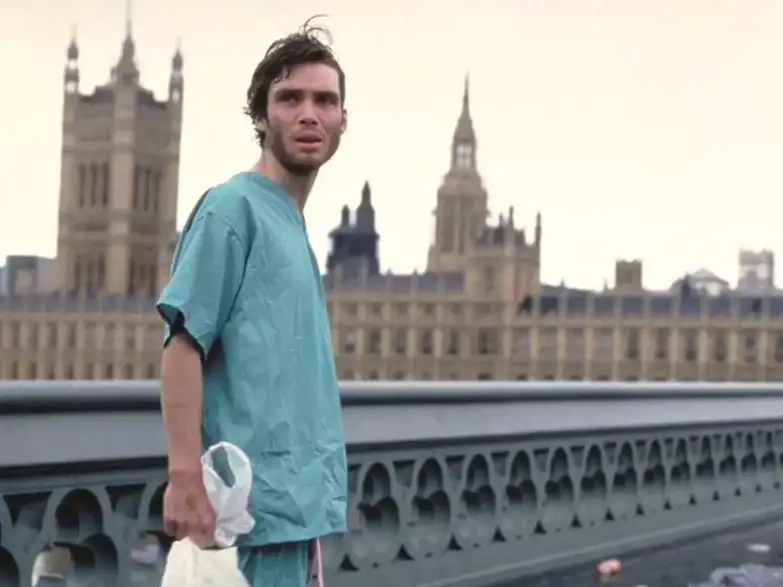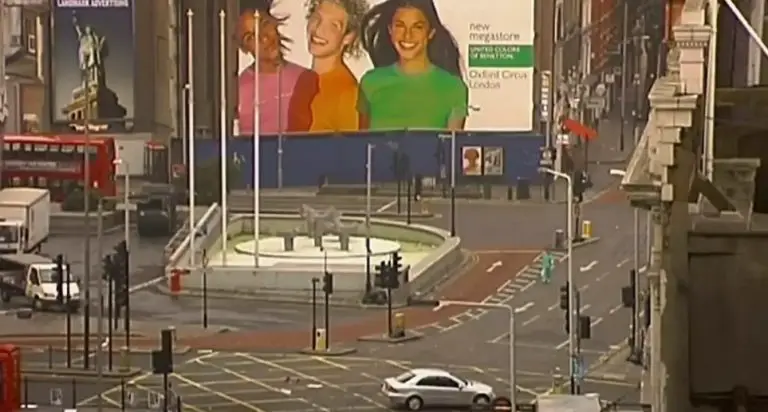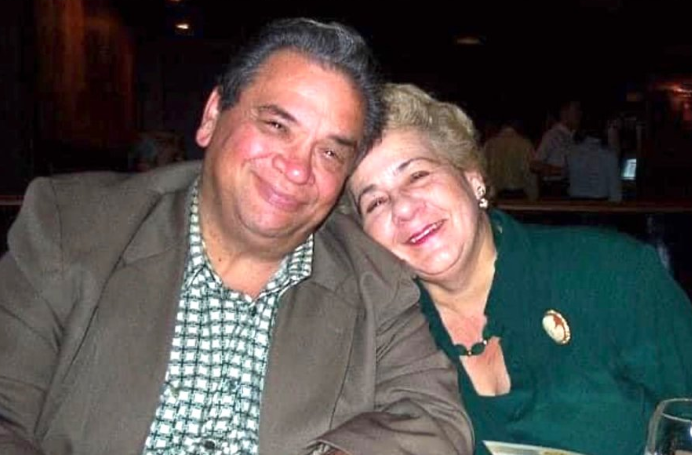Danny Boyle’s 28 Days Later achieved an iconic, desolate depiction of London, but it wasn’t a result of high-tech effects. Instead, the film crew relied on clever tricks to create the illusion of an abandoned city. To avoid disrupting the bustling streets of London, the crew exclusively shot scenes during early Sunday mornings when traffic was minimal. With limited time—sometimes as short as 10 minutes—they moved swiftly to capture pivotal moments like a hauntingly empty Westminster Bridge.
The team used small Canon XL1 digital cameras, which required fewer logistical demands than traditional film equipment. Multiple cameras were set up to capture scenes from different angles simultaneously, allowing actor Cillian Murphy to perform a single walk-through while the team recorded varied shots. This efficient method not only saved time but also gave the film its distinct grainy aesthetic.

Working with a modest $8 million budget, the creative approach paid off, as the movie grossed over $82.7 million worldwide. The decision to use cost-effective equipment like the XL1 was born of necessity but became a defining characteristic of the film, adding to its gritty, apocalyptic atmosphere.
Now, as fans eagerly await 28 Years Later, director Danny Boyle continues to innovate, reportedly experimenting with modern equipment, including modified iPhone 15s, to push the boundaries of cinematic storytelling.




